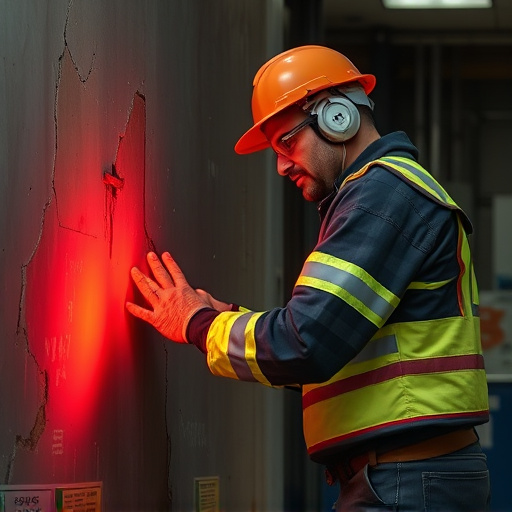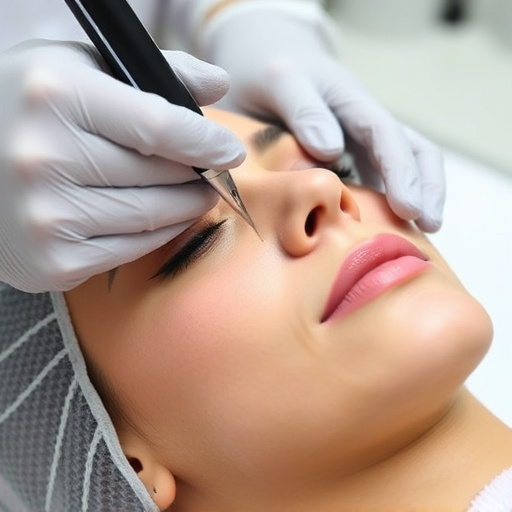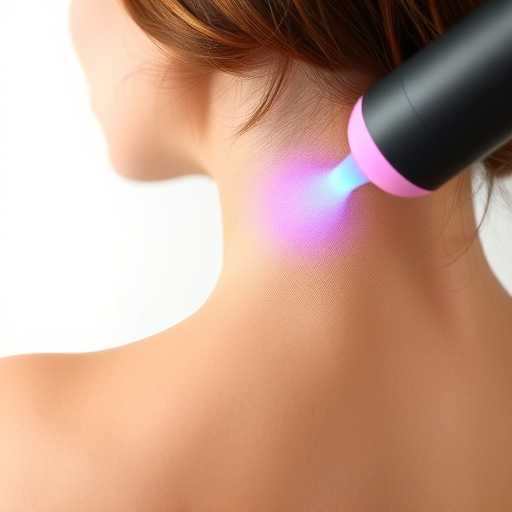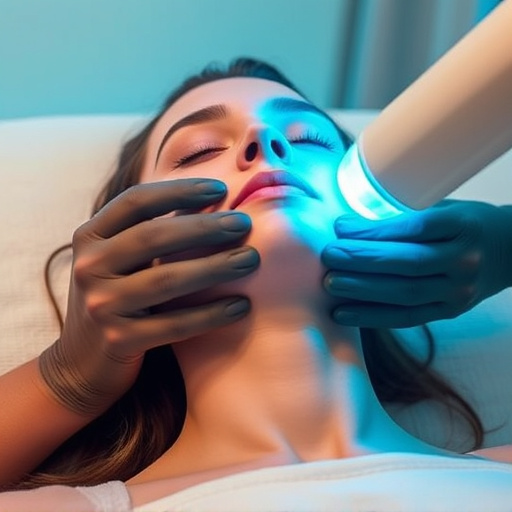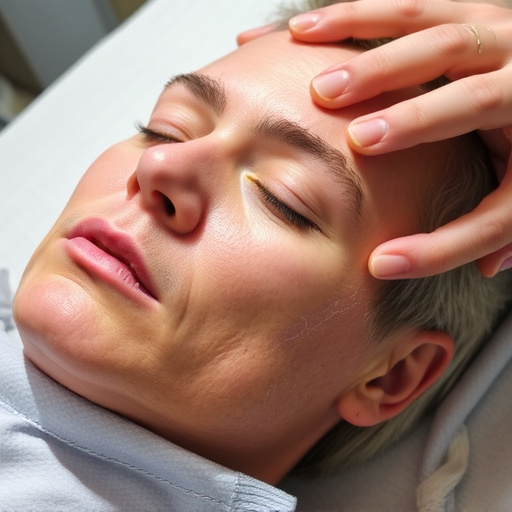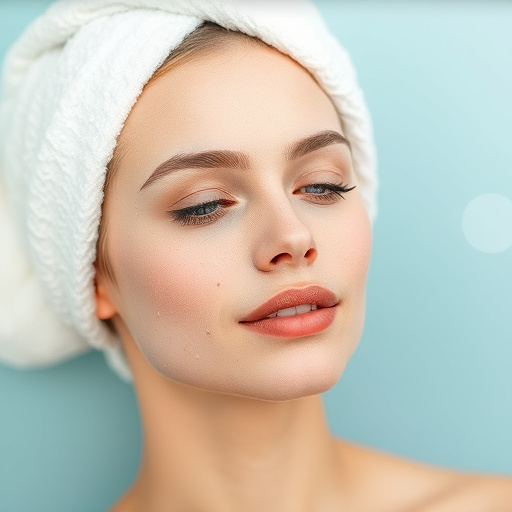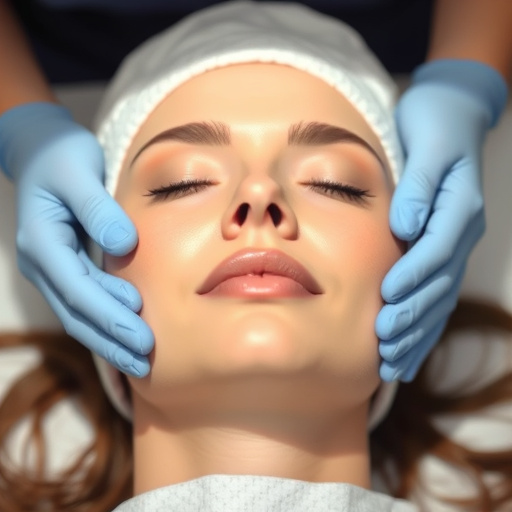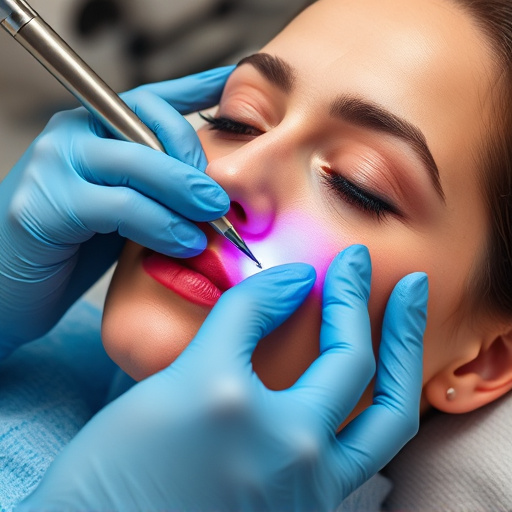Weather conditions impact skin's oil production, with humidity activating glands and drier climates causing overcompensation. Understanding these effects is crucial for anyone undergoing oil control facials or related aesthetic treatments. These treatments, popular among those with combination or oily skin, use techniques like exfoliation and microneedling to manage excess sebum. Post-treatment care involves a tailored skincare routine, sun protection, and avoiding new procedures to ensure optimal results and maintain skin health.
Uncover how weather plays a surprising role in the effectiveness of your oil control facial treatments. In this article, we explore the intricate connection between atmospheric conditions and skin health. From understanding the science behind seasonal fluctuations to implementing strategies for optimal results, you’ll discover why a simple change in climate can impact your skin’s response to treatments like never before. Learn how to navigate these weather-related challenges and achieve the best possible outcomes for your oil control facial.
- Understanding Weather's Impact on Skin
- The Science Behind Oil Control Treatments
- Strategies to Optimize Facial Results
Understanding Weather's Impact on Skin
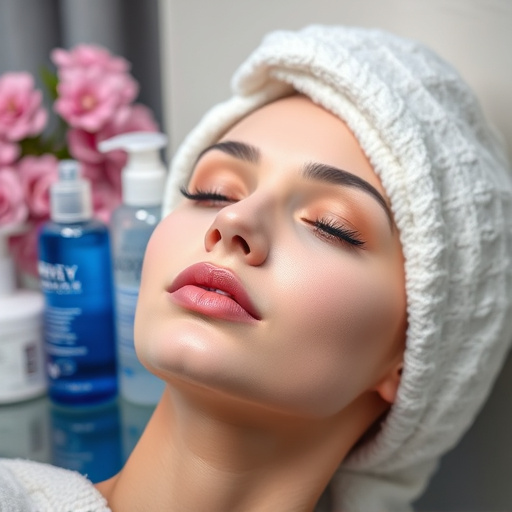
The weather plays a significant role in shaping the condition of our skin, which is particularly notable when it comes to oil control facial treatments. In environments with high humidity, the skin’s natural oils can become more active, leading to increased sebum production. This is because moisture in the air stimulates the skin’s glands, resulting in a greasier complexion. Conversely, drier climates can cause the skin to overcompensate by producing excess oil to maintain its protective barrier.
Understanding these weather-related skin changes is crucial for anyone undergoing oil control facial procedures or considering aesthetic treatments like skin tightening and rejuvenation. The effectiveness of such treatments can be influenced by the skin’s current condition, which in turn is closely tied to atmospheric conditions. Thus, being aware of how weather impacts the skin allows for better preparation and outcomes when pursuing specific cosmetic goals.
The Science Behind Oil Control Treatments
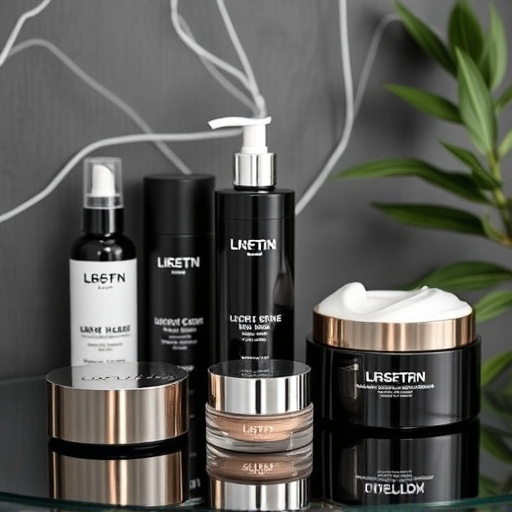
Oil control facial treatments have gained popularity due to their ability to address excess sebum production and clogged pores, which are common skin concerns, especially in individuals with combination or oily skin types. The science behind these treatments involves a multi-faceted approach to regulate the skin’s natural oil balance. One of the primary methods is through exfoliation, where gentle yet effective techniques remove dead skin cells and unclog pores, allowing better absorption of skincare products.
Additionally, microneedling therapy has emerged as a game-changer in oil control facial procedures. This procedure uses fine needles to create tiny punctures in the skin, stimulating collagen production and improving skin texture. As a result, it enhances the effectiveness of other active ingredients in the treatment, such as those found in anti-aging treatments or skin brightening serums. By understanding these scientific principles, professionals can tailor oil control facial treatments to individual needs, ensuring optimal results in managing and preventing oily skin conditions.
Strategies to Optimize Facial Results
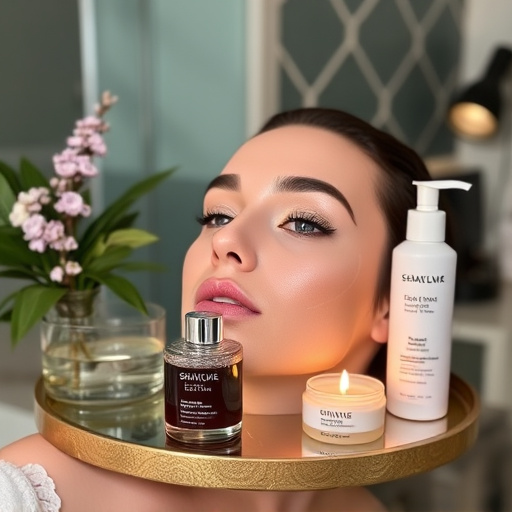
Optimizing facial results following an oil control treatment is key to achieving long-lasting benefits. First, it’s crucial to maintain a consistent skincare routine tailored to your skin type post-treatment. This includes daily cleansing with gentle, hydrating products to prevent dryness often associated with oil control measures. Exfoliation twice weekly can also enhance absorption of subsequent treatments, fostering healthier skin.
Additionally, protecting the skin from environmental stressors is vital. Using sunscreen regularly and avoiding excessive sun exposure helps prevent damage and maintains the integrity of your skin’s natural barrier. In terms of other treatments, while exciting options like body contouring and skin brightening might tempt, focus on supporting your facial results with these strategies to ensure sustainability.
In conclusion, weather plays a significant role in the effectiveness of oil control facial treatments. By understanding how environmental factors impact skin, leveraging the science behind these treatments, and employing strategic optimization techniques, you can enhance the results of your oil control facial. Remember that consistent care and adaptation to changing conditions are key to achieving and maintaining healthy, balanced skin.




